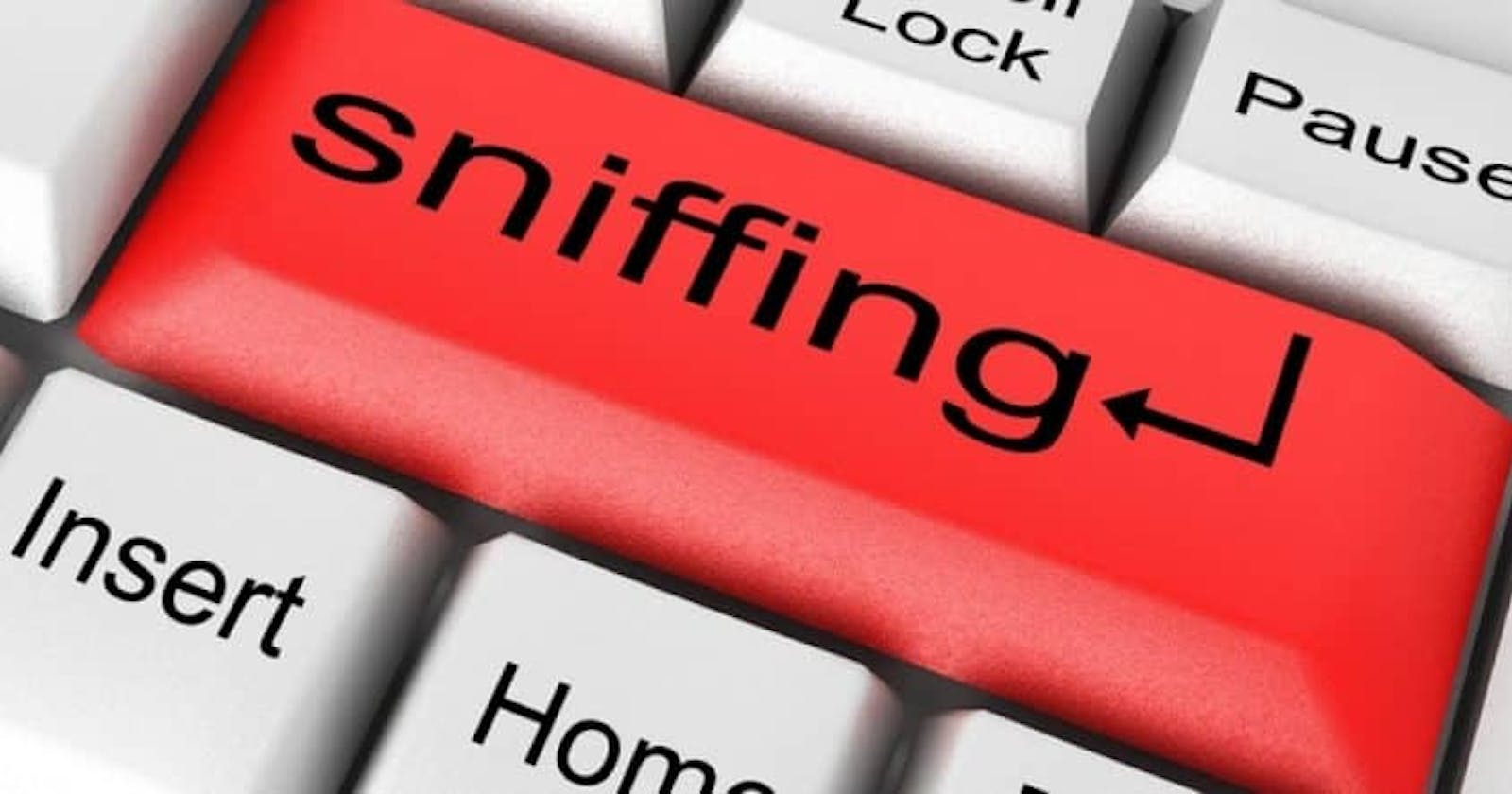Sniffing is the act of intercepting and examining network traffic to gather information or perform attacks. In this article, we will discuss what sniffing is, how it works, and the dangers associated with it.
What is Sniffing? Sniffing, also known as network sniffing or packet sniffing, is the process of capturing and analyzing data packets transmitted over a network. The data packets contain information about the traffic that is being transmitted, such as the source and destination addresses, the type of traffic, and the content of the traffic.
How Does Sniffing Work? Sniffing works by capturing data packets that are transmitted over a network. This can be done by using specialized software or hardware devices that are designed for packet sniffing. The software or device is placed on the network, and it captures all of the traffic that passes through it. The captured packets are then analyzed to gather information about the traffic or to perform attacks.
Types of Sniffing Attacks There are several types of sniffing attacks that attackers can use to gather information or perform attacks:
Password sniffing - Password sniffing is the act of intercepting and examining network traffic to gather usernames and passwords. Attackers can use this information to gain access to systems and data.
Session hijacking - Session hijacking is the act of intercepting a user's session to gain unauthorized access to systems or data. Attackers can use sniffing to capture session cookies and other session information to hijack a user's session.
Man-in-the-middle attacks - Man-in-the-middle attacks are attacks that allow attackers to intercept and modify network traffic. Sniffing can be used to intercept traffic, and then the attacker can modify the traffic before it reaches its destination.
Data theft - Sniffing can be used to capture sensitive data, such as credit card numbers, social security numbers, or other personal information. Attackers can use this information for identity theft or other malicious purposes.
Dangers of Sniffing Sniffing can be a dangerous activity, both for the attacker and the victim. Attackers who engage in sniffing are breaking the law, and they can face serious consequences if they are caught. Sniffing can also compromise the security and privacy of the victims, and it can result in the theft of sensitive information. Organizations that are targeted by sniffing attacks can suffer significant financial and reputational damage.
In conclusion, sniffing is a dangerous activity that can compromise the security and privacy of victims. Attackers who engage in sniffing can face serious consequences, and organizations must take steps to protect themselves from these types of attacks. This can include using encryption and other security measures to protect network traffic, and implementing security policies and procedures to prevent unauthorized access to sensitive data.
